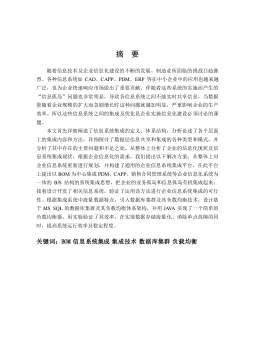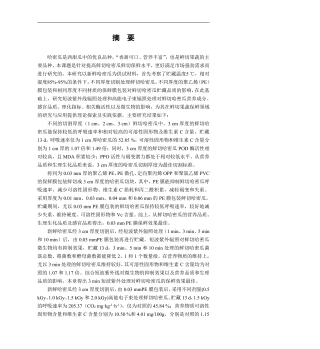基于J2EE的分布式框架设计和实现
摘要三层/多层体系结构是目前大型企业级应用所采用的主要结构形式。建立健壮的、多层的、结构开放的和可重用的分布式企业级应用是目前系统开发的前沿课题。框架(Framework)是一个可复用的设计组件,它规定了应用的体系结构,阐明了整个设计、协作组件之间的依赖关系、责任分配和控制流程,表现为一组抽象类以及其实例之间协作的方法,它为组件复用提供了上下文(Context)关系。本文正是从框架作为切入点,通过研究J2EE多层体系框架的各种组件技术的优点与不足,结合分析多种开源的框架如WEB层框架、持久层框架、逻辑业务层框架,提出了一种通用、健壮、安全的分布式体系框架。文章首先介绍了J2EE多层体系框架的概...
相关推荐
-
10KV电网D-SCADA 系统信息采集与故障诊断研究与设计VIP免费

 2024-10-14 53
2024-10-14 53 -
方形吸顶散流器平送风等温射流特性研究VIP免费
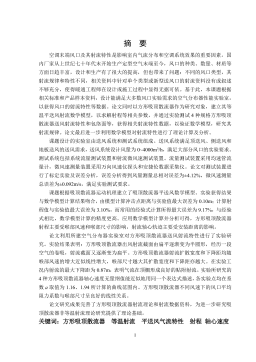
 2025-01-09 13
2025-01-09 13 -
关于充液声导波传感器中频散兰姆波的研究VIP免费
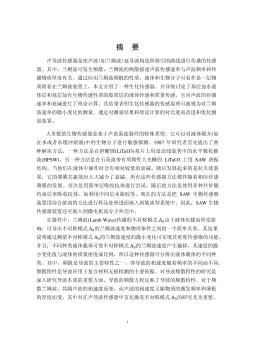
 2025-01-09 22
2025-01-09 22 -
结合梁斜拉桥施工过程中考虑剪力滞影响的分析方法VIP免费

 2025-01-09 30
2025-01-09 30 -
空调房间热舒适性的数值模拟与实验研究VIP免费

 2025-01-09 11
2025-01-09 11 -
汽车前轮线控转向系统研究VIP免费

 2025-01-09 20
2025-01-09 20 -
输入分配型混合动力车辆动力系统控制策略研究VIP免费
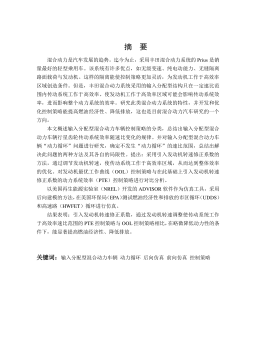
 2025-01-09 9
2025-01-09 9 -
双馈风力发电系统的柔性并网控制研VIP免费
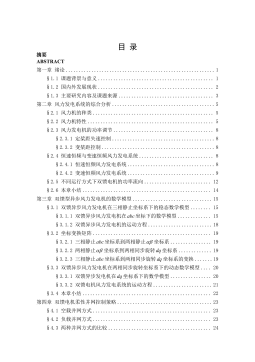
 2025-01-09 38
2025-01-09 38 -
污水处理厂污泥好氧堆肥发酵技术的试验研究VIP免费
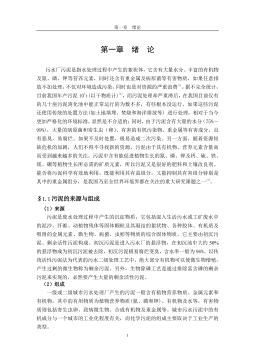
 2025-01-09 11
2025-01-09 11 -
应用风室试验装置的风机性能VIP免费
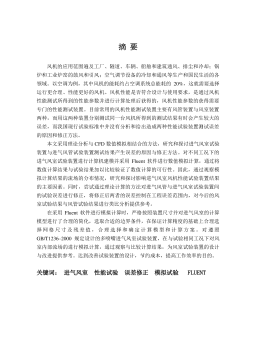
 2025-01-09 13
2025-01-09 13
相关内容
-

汽车前轮线控转向系统研究
分类:高等教育资料
时间:2025-01-09
标签:无
格式:PDF
价格:15 积分
-

输入分配型混合动力车辆动力系统控制策略研究
分类:高等教育资料
时间:2025-01-09
标签:无
格式:PDF
价格:15 积分
-

双馈风力发电系统的柔性并网控制研
分类:高等教育资料
时间:2025-01-09
标签:无
格式:PDF
价格:15 积分
-

污水处理厂污泥好氧堆肥发酵技术的试验研究
分类:高等教育资料
时间:2025-01-09
标签:无
格式:PDF
价格:15 积分
-

应用风室试验装置的风机性能
分类:高等教育资料
时间:2025-01-09
标签:无
格式:PDF
价格:15 积分


